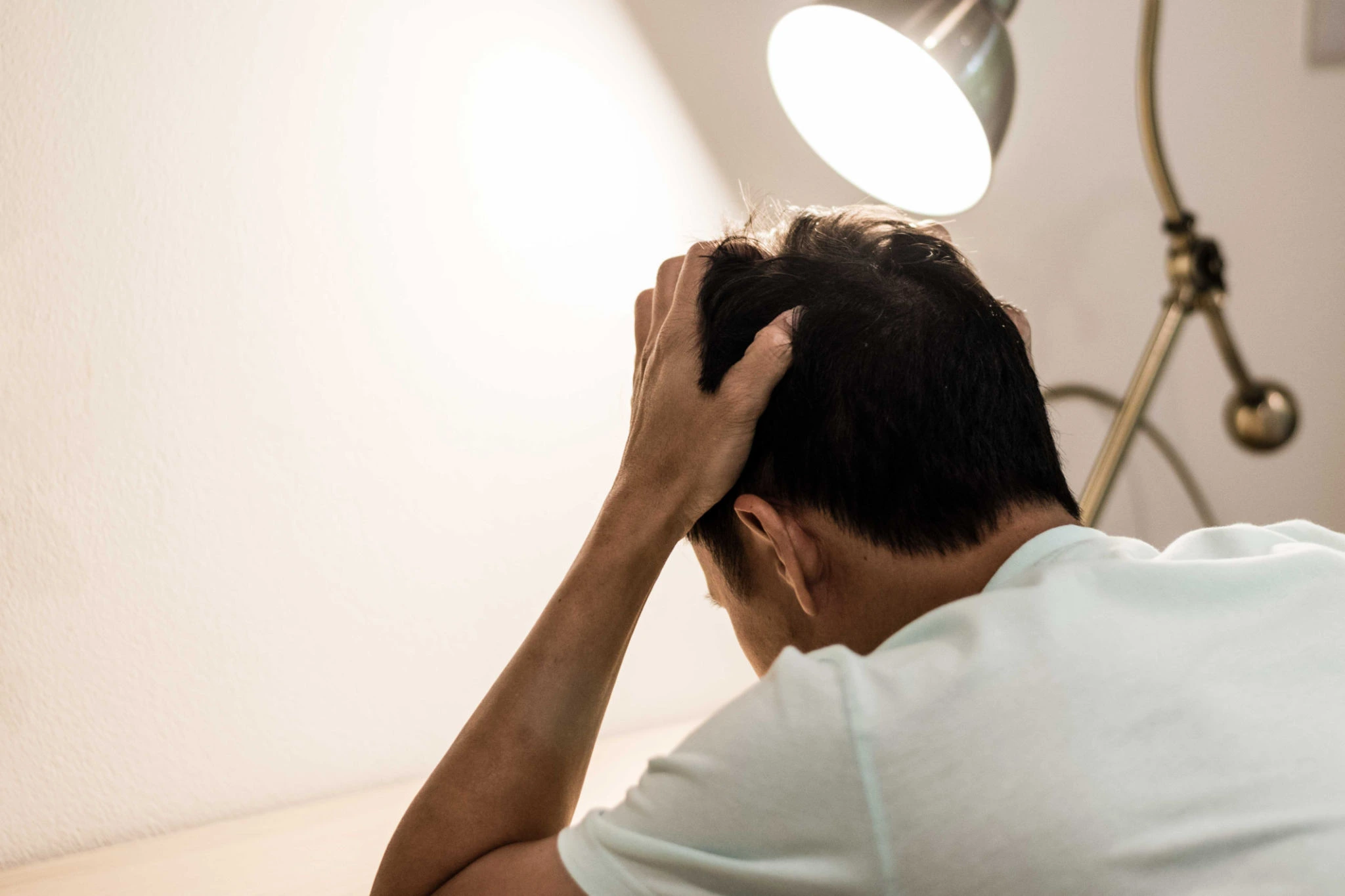Cluster headaches are known as a type of primary headache. These occur less often than migraines but can be just as severe and disabling. They come on suddenly, usually lasting for several hours, although symptoms may last up to three days.
The most common symptom is a throbbing head pain that can begin on one side of the face and spread to both sides over time. Other symptoms include facial pressure or tightness, eye-watering, and nausea. Some patients also experience vomiting.
Treatment options range from simple lifestyle changes like cutting back caffeine intake to prescription medications. However, these treatments are not always effective. Therefore, there is still a great deal of research into new therapies for the disease.
The good news is that we now know what causes cluster headaches. We understand why people get them and what can help to treat this condition more effectively.
Identify the Cause of Your Headache
Cluster headaches can be very painful. They are caused by a build-up of pressure in one part of your head. This causes pain, which spreads to other parts of your head.
The best way to treat cluster headaches is to identify the cause of them. To do this, you need to take a complete medical history. For example, if you’ve been diagnosed with migraine headaches before, then this could be a sign that you are more likely to get cluster headaches.
Once you have identified the cause, you can start treating it. The most common treatments for cluster headaches include medication and surgery. Medication usually involves taking drugs like sumatriptan or ergotamine.
Surgery is only used as a last resort. In fact, you may not even want to do this because of the risks involved.
If your headache gets worse despite these treatments, then you should talk to your doctor about seeing an expert. This person will be able to help you find out what’s causing the problem.
Learn About the Different Types of Headaches
Headaches come in many forms. Some people get headaches when they eat too much sugar. Others experience headaches after drinking alcohol. Still, others may suffer from migraines. And, some people develop cluster headaches.
Cluster headaches are one of the most painful kinds of headaches. They usually occur at night and are characterized by severe pain. These headaches often last for several hours, but can sometimes last for days.
The cause of these headaches is unknown. However, it seems to be linked to stress. So, if you feel stressed out, you might want to try some relaxation techniques such as meditation or yoga.
If you think that you are suffering from a migraine, you should see your doctor. A visit to the doctor will help determine whether you need medication.
Also, make sure that you don’t overuse caffeine because this can actually trigger migraines.
A cluster headache attack begins with the onset of intense pain, which lasts for about 20 minutes. Then there is a period of relief where you are not feeling any pain at all.
Learn How to Identify the Different Types of Headaches
If you want to learn how to treat cluster headaches, then it’s important to understand what they are. A cluster headache is a type of migraine which occurs in clusters. So, if you get one, it may be followed by another.
Cluster headaches usually last for several days at a time. They can occur anywhere but most often affect the head. Cluster headaches tend to come out of nowhere and can make people feel like their heads are going to explode.
There are two main treatments for cluster headaches. These include medications, such as sumatriptan (Imitrex) or verapamil, and over-the-counter pain relievers. However, these drugs don’t always work well. Some patients find that acupuncture helps.
In addition to medical treatments, there is also a surgical option. This involves cutting small holes into the skull. The idea behind this surgery is that it will help prevent the blood vessels around the brain from swelling. But, this isn’t an easy procedure and it carries some risks.
Learn How to Identify the Cause of the Headache
Cluster headaches can be really painful and they can last for days at a time. They are caused by a sudden release of chemicals in your brain. These chemicals trigger pain signals.
The best way to treat cluster headaches is to use a combination of medications. Medications like antidepressants, anticonvulsants, anti-anxiety drugs, and muscle relaxers help reduce the frequency, severity, or duration of the attacks. In addition, some people find that acupuncture helps them get relief.
If you don’t want to take medication, you may try using a home remedy. For example, you could apply ice packs to the back of your head. This will numb the area where the pain is coming from. You could also put a cold washcloth over the top of your head and leave it there until the pain goes away.
Another thing you can do to relieve the pressure on your brain is to learn how to identify the cause of the headache. Some of these causes include sinus problems, stress, allergies, hormonal changes, and food sensitivities.
Learn How to Treat Your Headache
The best way to deal with a cluster headache is by using an over-the-counter medicine called sumatriptan. This drug works by blocking the pain signals in your brain. But if you use it too many times, you’ll become dependent on it. So, you should only use it when you really need to.
Other than that, there isn’t much that you can do to prevent a cluster headache. You just need to be careful not to trigger them. And you shouldn’t try to stop them. If you do, then your body will start producing serotonin again which could cause another headache.
Conclusion
If you get headaches often, then you’re probably going to want to learn more about cluster headache treatments. Cluster headaches are one of the most painful types of headaches. They can last for hours or days. If you don’t take care of them properly, they could lead to serious health issues.


